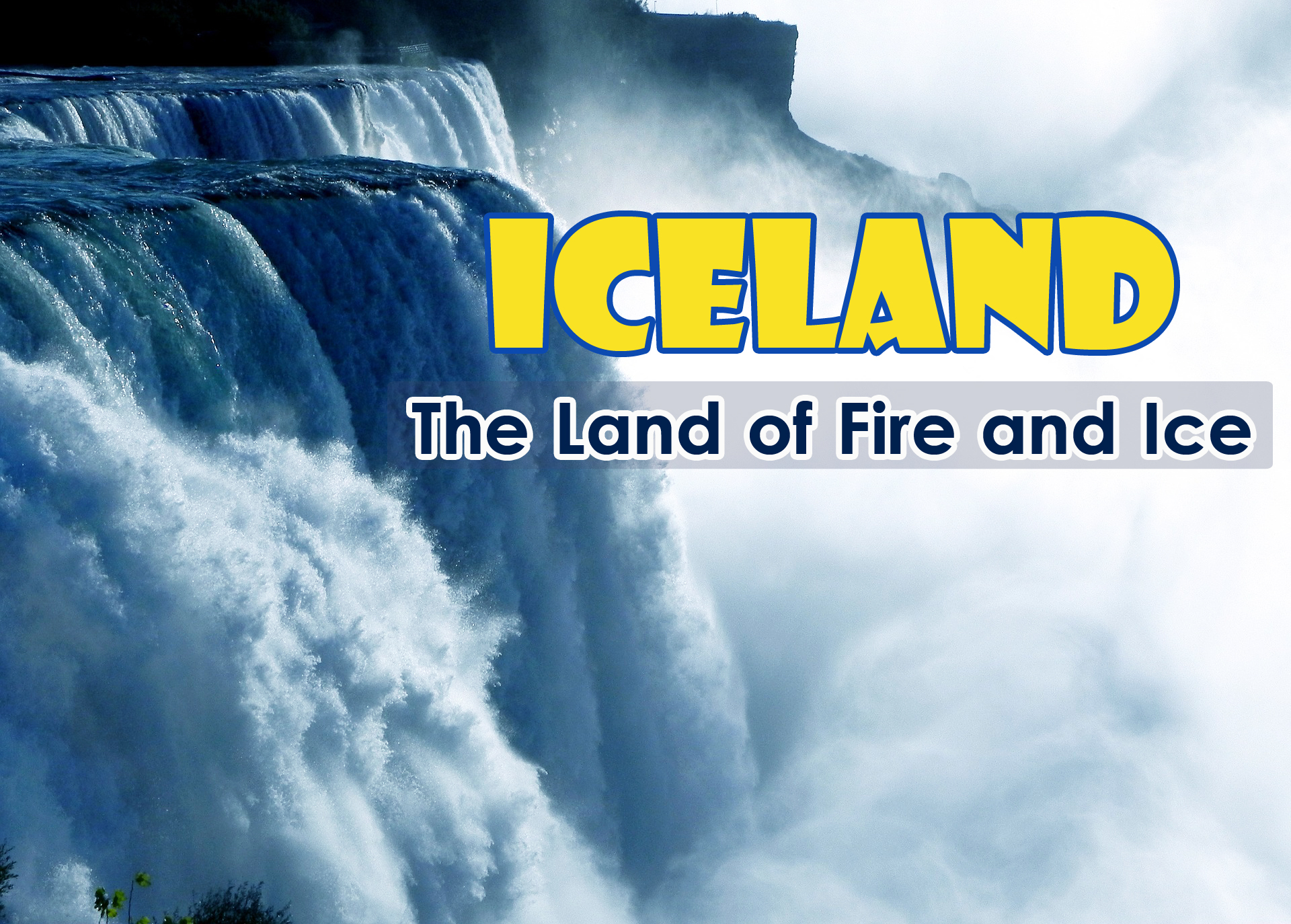Iceland is a magical country with its breathtaking natural beauty, rich cultural heritage, and vibrant city life. However, choosing the best time to visit Iceland can be a challenging task, as each season has its unique charm and appeal. In this article, we will take a closer look at the best time to travel to Iceland, depending on your preferences, interests, and budget.
Table of Contents
Iceland in the Summer – A Vibrant Wonderland
Summer is the most popular time to visit Iceland, with the peak season running from June to August. During this time, Iceland experiences almost 24 hours of daylight, also known as the Midnight Sun, providing visitors with plenty of time to explore the natural wonders of the country.
The weather during summer in Iceland is relatively mild, with temperatures ranging between 10°C to 15°C (50°F to 59°F). This makes it an ideal time for outdoor activities such as hiking, camping, and swimming in the hot springs.
Iceland in the Winter – A Frozen Wonderland
Winter in Iceland is an entirely different experience, with the country covered in snow and ice, making it a wonderland for winter sports enthusiasts. The winter months in Iceland are from November to February, with December being the darkest month, with only a few hours of daylight.
The temperature during winter in Iceland ranges from -1°C to 4°C (30°F to 39°F). However, the wind chill factor can make it feel much colder. The Northern Lights are also visible during the winter months, providing visitors with a spectacular show of nature’s beauty.
Iceland in the Spring – A Time for Renewal
Spring in Iceland runs from March to May and is a beautiful time to visit the country, with the snow and ice melting, making way for greenery and new life. The temperatures during spring in Iceland range from 1°C to 7°C (33°F to 45°F).
Spring is an excellent time to visit Iceland for bird-watching enthusiasts, as it is the time when migratory birds arrive in Iceland. It is also an ideal time for photographers, as the landscapes are vibrant and colorful with the new growth.
Iceland in the Fall – A Time for Tranquility
Fall in Iceland is from September to November and is a time when the tourists start to leave, and the country becomes quieter. The temperature during fall in Iceland ranges from 5°C to 10°C (41°F to 50°F).
Fall in Iceland is an excellent time for hiking, with the changing colors of the landscapes making it a breathtaking experience. It is also the time when the Northern Lights start to become visible again, providing visitors with a fantastic natural light show.
Best Time to Travel to Iceland for Budget Travelers
If you’re a budget traveler, the best time to visit Iceland is during the shoulder seasons, which are from May to June and September to October. During these times, the prices for flights and accommodations are lower, making it an affordable option for travelers.
Best Time to Travel to Iceland for Adventure Seekers
The best time to visit Iceland for adventure seekers is during the winter months when the country is covered in snow and ice. This time provides opportunities for skiing, snowboarding, ice climbing, and snowmobiling.
Best Time to Travel to Iceland for Nature Lovers
The best time to visit Iceland for nature lovers is during the summer months when the country experiences almost 24 hours of daylight. This provides ample time for exploring the natural wonders of the country, such as glaciers, waterfalls, and hot springs.
Best Time to Travel to Iceland for Cultural Enthusiasts
The best time to visit Iceland for cultural enthusiasts is during Icelandic National Day, which is on June 17th. This day celebrates the country’s independence from Denmark and is marked by parades, concerts, and other cultural events. The Reykjavik Arts Festival, which takes place in May and June, is also an excellent time to visit for those interested in the arts and culture scene.
Best Time to Travel to Iceland for Northern Lights
The Northern Lights are a spectacular natural phenomenon that can be seen in Iceland from September to April. However, the best time to see them is during the winter months, from November to February, when the sky is darker for more extended periods. It is essential to check the Aurora forecast and weather conditions before planning a trip to increase your chances of seeing the Northern Lights. This is the best place to travel in September.
Best Time to Travel to Iceland for Hot Springs
Iceland is famous for its hot springs, and the best time to visit them is during the winter months when the temperature is colder. The Blue Lagoon is a popular hot spring destination and is open year-round. However, visiting it during the winter months provides a unique experience of soaking in the warm waters surrounded by snow and ice.
In conclusion, the best time to travel to Iceland depends on your interests, preferences, and budget. Each season has its unique charm and appeal, making Iceland a year-round destination. However, it is essential to plan your trip carefully and pack your travel kit well, taking into consideration the weather, activities, and events you want to experience to make the most of your Icelandic adventure.



